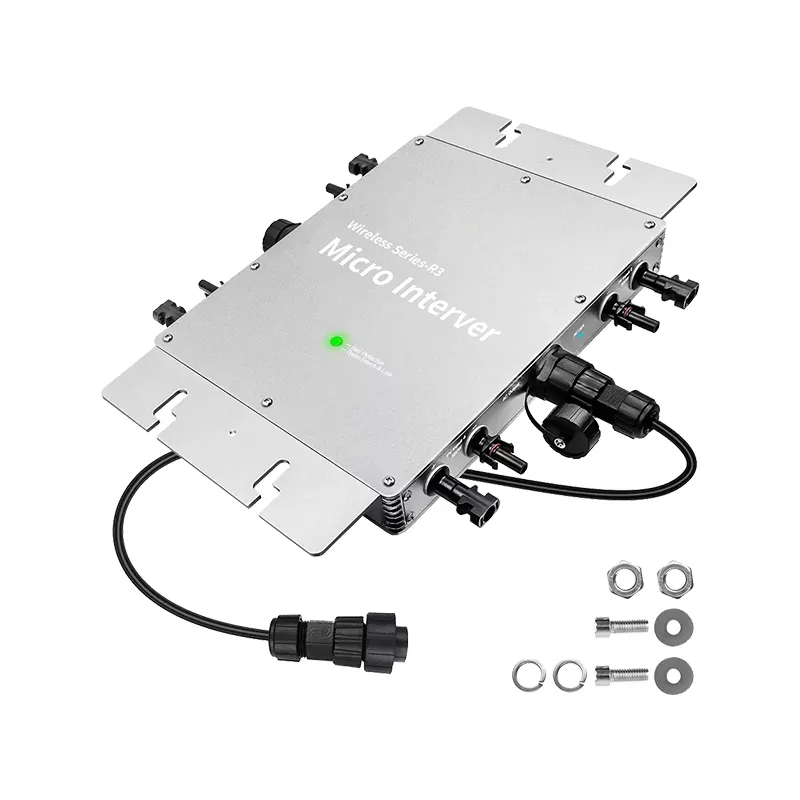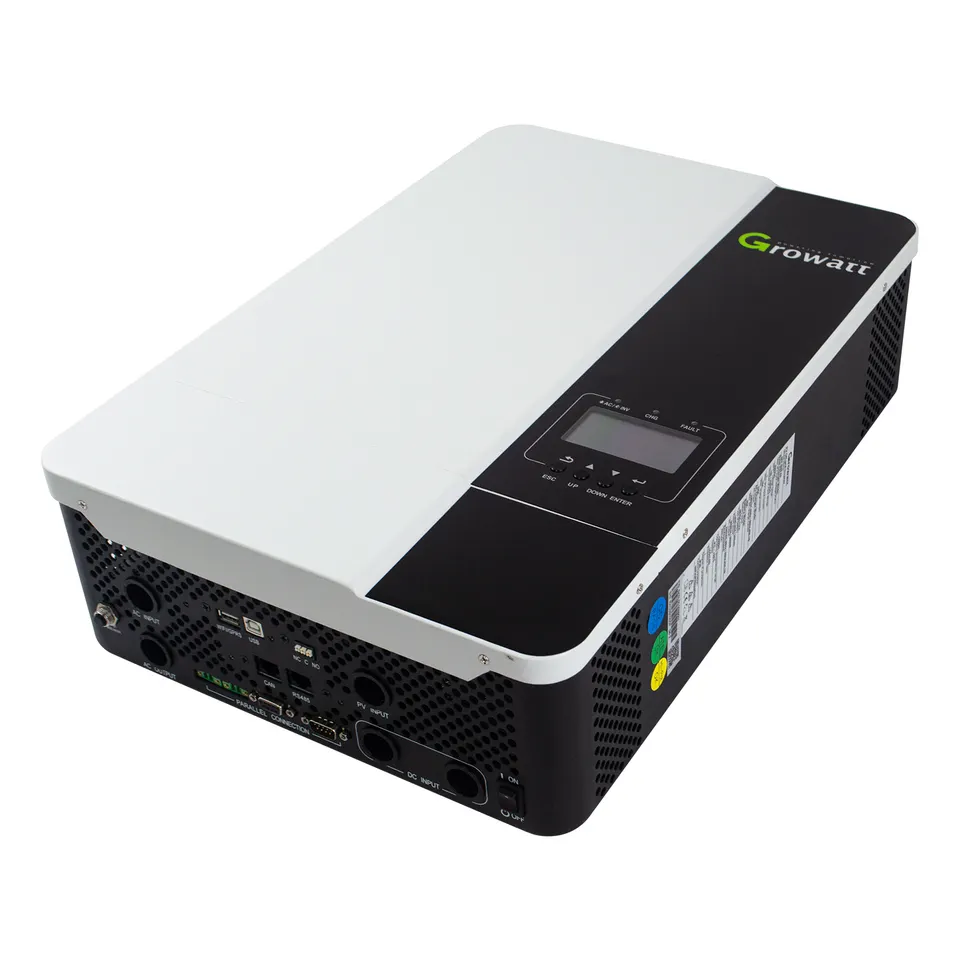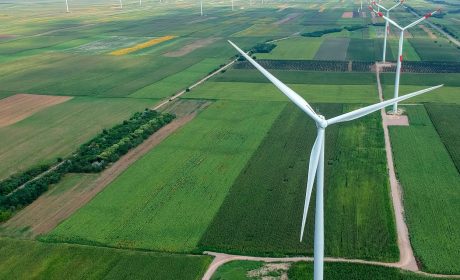
by type
A solar inverter is an integral part of a solar power generation system that converts the direct current generated by solar panels into alternating current for use in a home, business or utility. Solar inverters currently on the market are mainly divided into three types, namely centralized inverters, string inverters and micro inverters.
central inverter
A central inverter is the most commonly used type of inverter for solar power systems, and it works by connecting multiple solar panels in series to form an electrical system. Such inverters can handle large amounts of direct current, convert it to alternating current, and export it to the grid. The advantage of the central inverter is that the price is relatively low, and the reliability is high, because it only has one inverter to control the whole system, and the maintenance is relatively convenient. However, the disadvantage of this type of inverter is that when one panel fails, the entire system suffers because all the panels are connected in series.

string inverter
String inverters are another common type of solar inverter that are more flexible than central inverters. Each string inverter can handle multiple solar panels that are all connected together in parallel rather than in series. The benefit of this inverter is that it can be better adapted to different solar panel types and wattages. In addition, when one panel fails, the overall system will not be affected too much, because each string inverter only controls a part of the panel.
micro inverter
A micro inverter is a new type of solar inverter, which is different from the central inverter and the string inverter, which provides an independent inverter for each solar panel. The inverter converts the direct current from each panel to alternating current and injects it directly into the grid. The advantage of microinverters is that each inverter works independently, so even if one panel fails, the entire system will not be affected. Additionally, a microinverter can improve the efficiency of a solar power system because it can better track the power output of each panel.

Classified by nature of work
In addition to central inverters, string inverters, and micro inverters, solar inverters can also be divided into grid-connected inverters, off-grid inverters, and hybrid inverters according to their working methods.
Grid inverter
A micro inverter is a new type of solar inverter, which is different from the central inverter and the string inverter, which provides an independent inverter for each solar panel. The inverter converts the direct current from each panel to alternating current and injects it directly into the grid. The advantage of microinverters is that each inverter works independently, so even if one panel fails, the entire system will not be affected. Additionally, a microinverter can improve the efficiency of a solar power system because it can better track the power output of each panel.

off grid inverter
An off-grid inverter is an inverter that converts the direct current generated by solar panels into alternating current for use in a home or business. This type of inverter is often used in conjunction with a battery pack to keep power running at night or in bad weather. The advantage of off-grid inverters is that they can make solar power systems completely independent of the grid, so they can be used in remote areas or places without a grid. The downside, though, is that they require larger battery packs to store power, which adds to the cost of the system.

hybrid inverter
A hybrid inverter is an inverter that can handle both grid-connected and off-grid situations. This type of inverter is often used in those solar power systems that need to be connected to the grid and off-grid at the same time. The advantage of hybrid inverters is that they can maximize the output of the solar power system and can continue to supply power during grid outages. The downside, however, is that they require more components and complex control circuitry, which increases the cost and maintenance of the system.

Overall, which type of inverter to choose depends on your specific needs and budget. If you want to connect your solar power generation system to the grid and reduce your electricity bills, grid-connected inverters are the best choice. Off-grid inverters are the best choice if you need to use your solar power system independently where there is no grid. If you need to be connected to the grid and off grid at the same time, and your budget allows it, then a hybrid inverter may be the best choice.Suncime has an excellent variety of inverters with authoritative certification and low prices.



